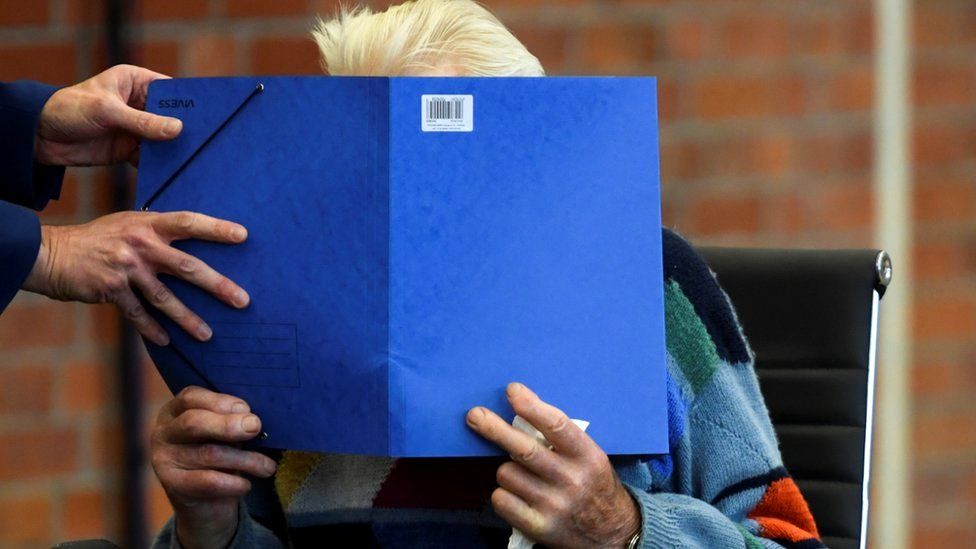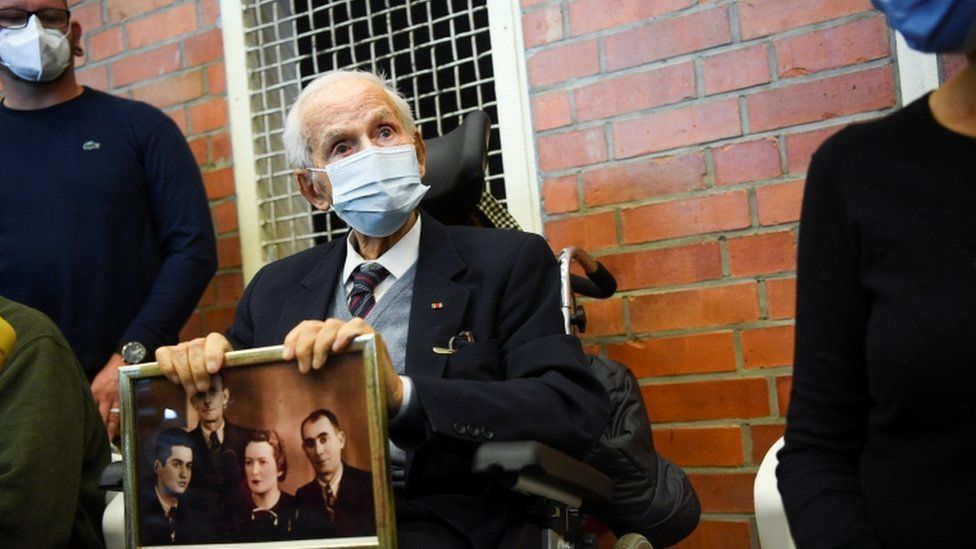In a powerful call to action on International Women’s Day, Human Rights Activists in Iran demand an immediate expansion of the International Fact Finding Mission on Iran’s mandate, spotlighting systemic gender discrimination and human rights abuses. Amidst the backdrop of the United Nations Human Rights Council’s 55th session, this plea emphasizes the dire situation of Iranian women, facing executions, forced hijab regulations, and violent oppression. Urging global attention, the activists seek to unveil the layers of injustice and push for accountability within the Islamic Republic of Iran, aiming for a future where women’s rights are unequivocally respected.
Read the full statement of Human Rights Activists in Iran below
Introduction
March 8th marks International Women’s Day, a global observance dedicated to envisioning a world free from bias, stereotypes, and discrimination, where diversity, equity, and inclusivity thrive. Unfortunately, in Iran, women continue to grapple with entrenched gender disparities amidst persistent abuse, violence, and legal obstacles. Despite nationwide protests engaging all segments of society and the courageous defiance of Iranian women against fear, the ruling elite persists in enforcing draconian sentences and oppressive legislation.
Human Rights Council 55th Session:
The fifty-fifth regular session of the United Nations Human Rights Council commenced on February 26, 2024. On March 18, the International Fact Finding Mission on Iran (FFMI) is scheduled to present its findings to the HRC regarding allegations of human rights violations by Iran after September 16, 2022. Human Rights Activists (HRA), with legal support from UpRights, in the submission to the FFMI, have concluded that there are reasonable grounds to believe that crimes against humanity, including gender and political persecution, have occurred in the Islamic Republic of Iran since at least September 16, 2022.
Current Human Rights Situation:
The ongoing state of women’s rights in Iran remains deeply concerning. On the 31st of January, Zahra Nazarian, a 27-year-old inmate was executed, marking her as the first known woman to be executed in 2024. Iran has the highest rate of female executions globally, with many cases being intertwined with broader societal issues, including instances of domestic violence and other forms of gender-based violence. Additionally, over the past 10 months at least 100 girls were killed by their male relatives, often related to issues of family disputes or so called ‘honor-killings.
Since the commencement of the 2022 protests, in a significant number of cases, the Iranian judiciary has been using defendant’s online activity in their trials. Recently, Leila Nakhdi Pari, a member of the Board of Directors of the Iranian Cinema Designers Association, was sentenced by Tehran Criminal Court No. 2 to pay a fine, cancel her passport and be banned from leaving the country for eighteen months. She was at the funeral of Daryush Mehrjui, a prominent filmmaker, where an image of her was uploaded with her not wearing a hijab while at the funeral. For an in-depth look at the situation of imprisoned women in Iran, reference the HRANA Report: Comprehensive List of Female Political Prisoners in Iran
The enforcement of mandatory hijab regulations persists, resulting in numerous arrests, imprisonments, and severe sentences being imported by authorities, exacerbating human rights violations.
Roya Heshmati, a Kurdish woman, faced a distressing ordeal recently when she received a sentence of 74 lashes. Her arrest stemmed from posting pictures online without a hijab, an act of protest by Heshmati. The sentence was executed on January 3rd, and she later shared her harrowing experience:
“The judge said, ‘Don’t hit too hard.’ The man started hitting me hard. My shoulders, my back, my buttocks, my face, my legs. I lost count of the number of lashes. Under my breath, I was reciting in the name of woman, in the name of life, the garment of slavery was torn, our dark night turns into dawn, all the shackles break”
The United Nations has previously regarded forms of corporal punishment as a violation of the absolute prohibition of torture and cruel, inhuman, or degrading treatment or punishment, which is enshrined as a fundamental right under international law.
For an in-depth look at individuals and institutions involved in serious human rights violations related to women’s rights in Iran reference the Spreading Justice report: The State of Women’s Rights in Iran: Institutional and Individual Violations
Hijab and Chastity Bill
The contentious “Hijab and Chastity Bill,” resubmitted to the Guardian Council by the Iranian Parliament, follows President Ebrahim Raisi’s commitment to allocate necessary implementation funds. Parliament’s scrutiny of the bill, fraught with disputes and delays due to numerous inconsistencies and errors, reflects its contentious nature. Despite criticism from certain members, the bill advances with President Raisi’s approval and budget allocation. Introduced by Raisi’s government in May, the bill advocates severe penalties for violating mandatory hijab regulations, classifying non-compliance as “nudity.” Offenders risk substantial fines, job loss, social media bans, and imprisonment. Despite intensified enforcement efforts by the Ministry of Interior, a growing number of Iranian women assert their agency by appearing in public without head coverings.
Conclusion
The situation of women in Iran remains deeply concerning, as the Iranian government systematically targets them based on gender. This systematic discrimination is evident through the use of derogatory language, degrading sentences, and heinous acts such as sexual violence and rape.
HRA strongly urges for the renewal and expansion of the FFMI mandate. Enlarging the mandate is crucial for conducting a thorough analysis of the structural issues underlying both current and historical violations against women. Moreover, an expanded mandate would empower investigators to scrutinize individual accountability for serious violations, effectively bridging the widening accountability gap within the Islamic Republic of Iran, aligning with international legal frameworks.
For more information please contact Skylar Thompson, Director of Global Advocacy and Accountability at Human Rights Activists in Iran (HRA) skylar[at]hramail.com
The post Unveiling Injustice: Advocating for Women’s Rights and Accountability in Iran appeared first on Human Right Activists In Iran.




